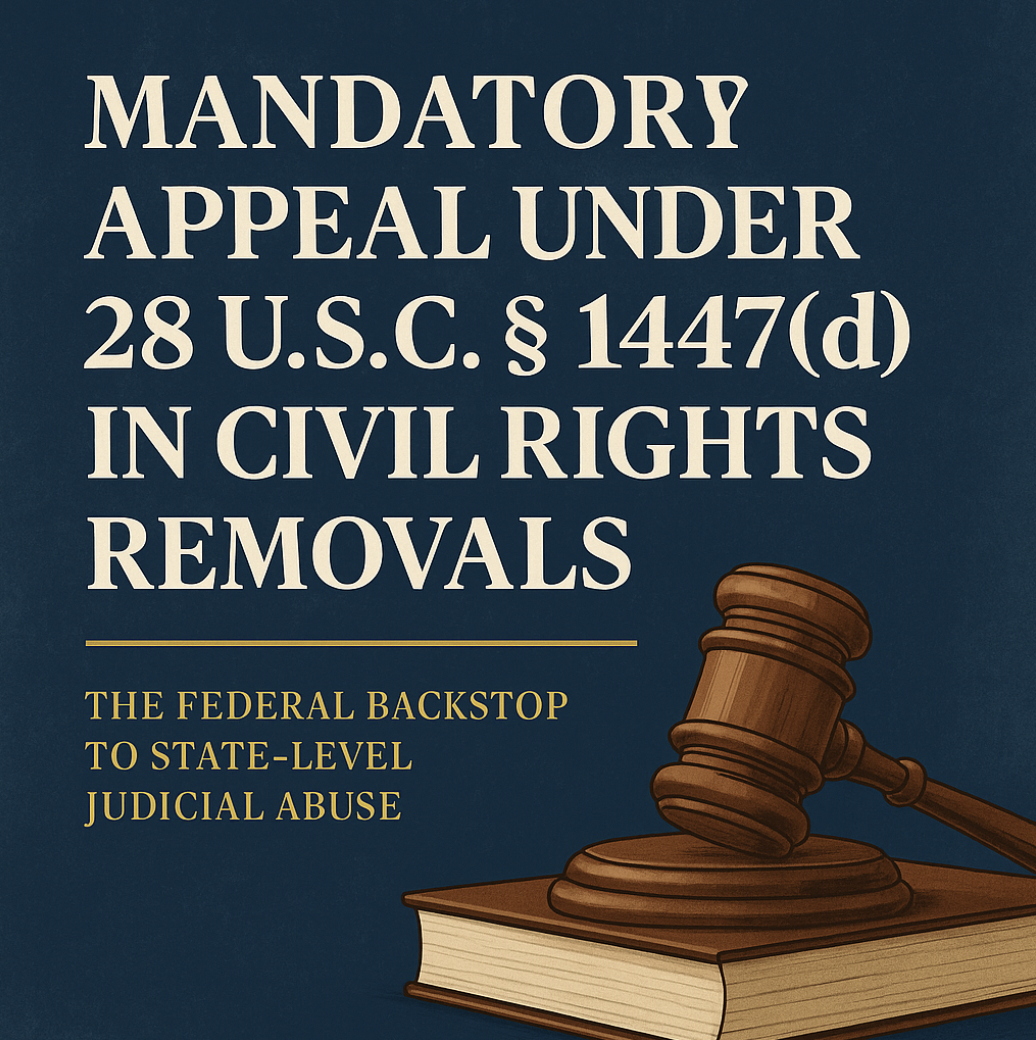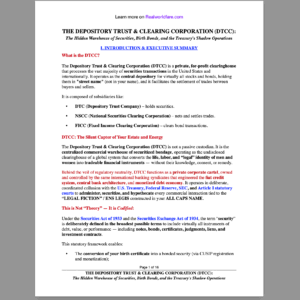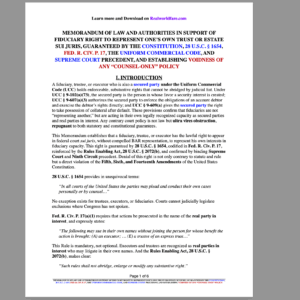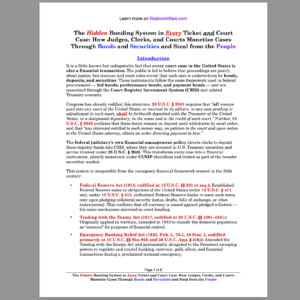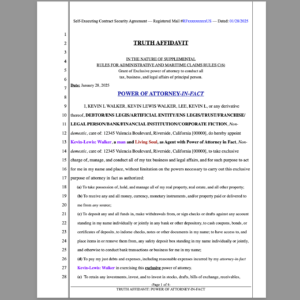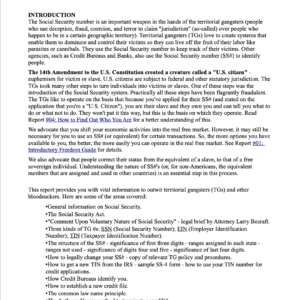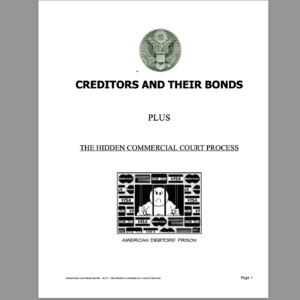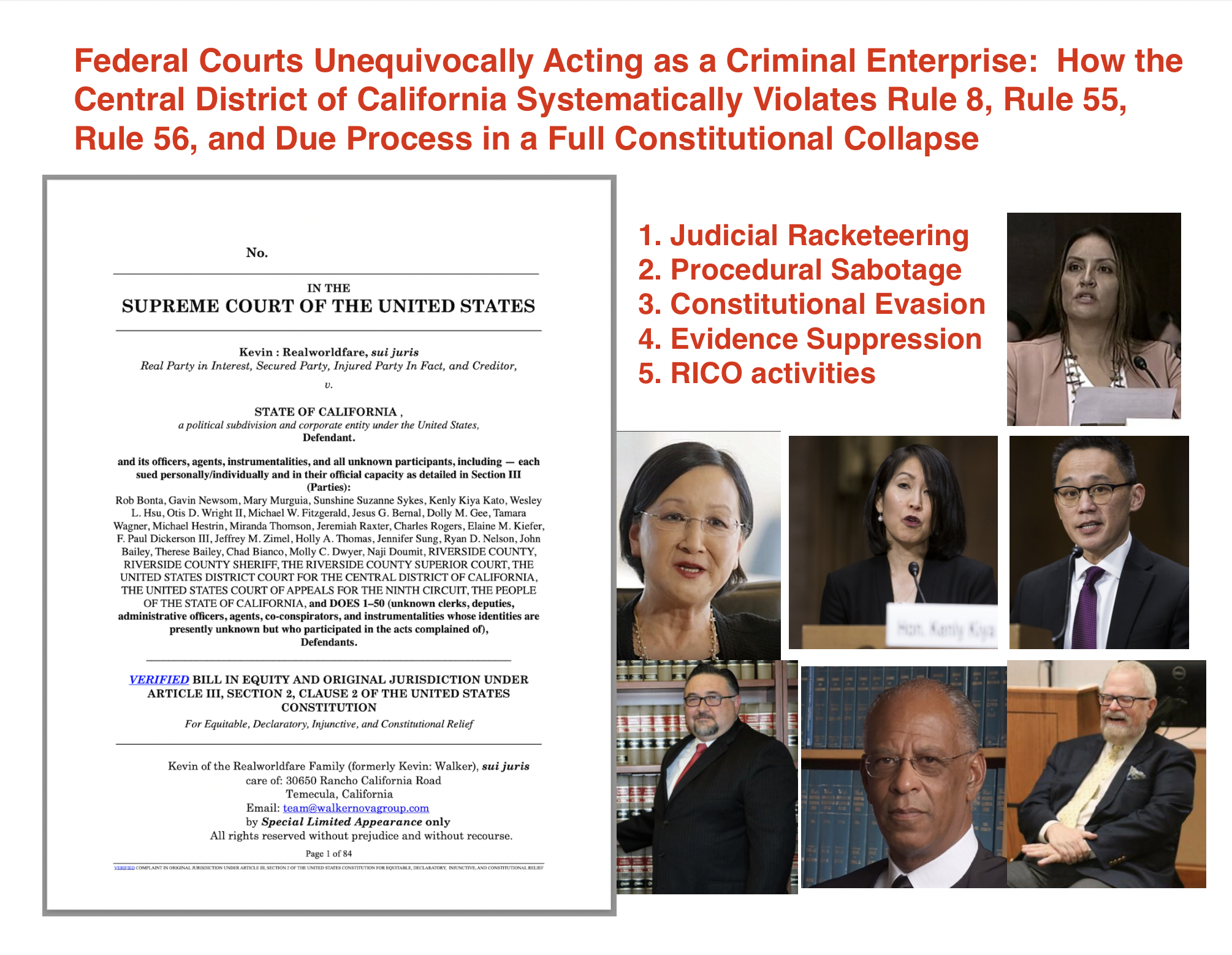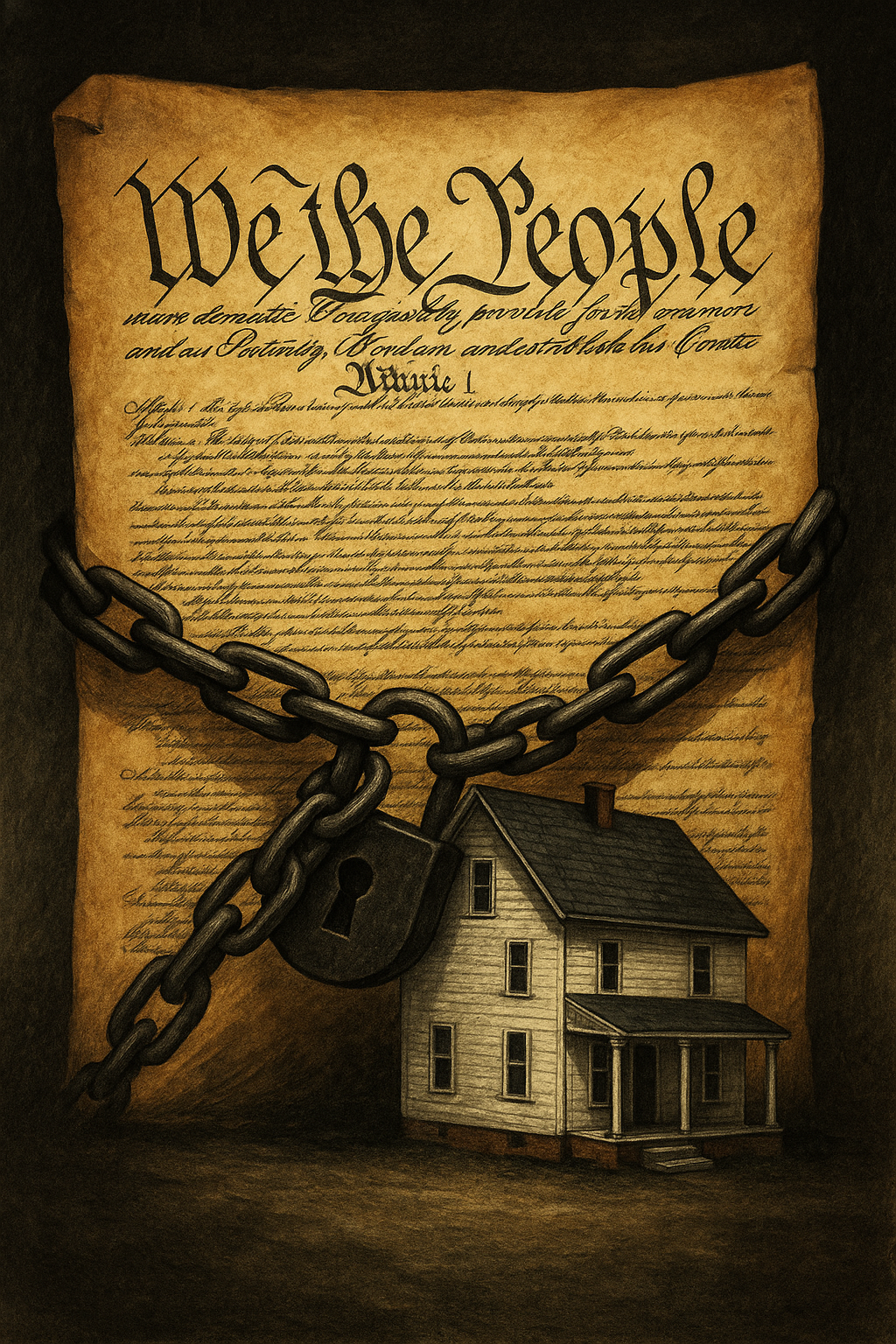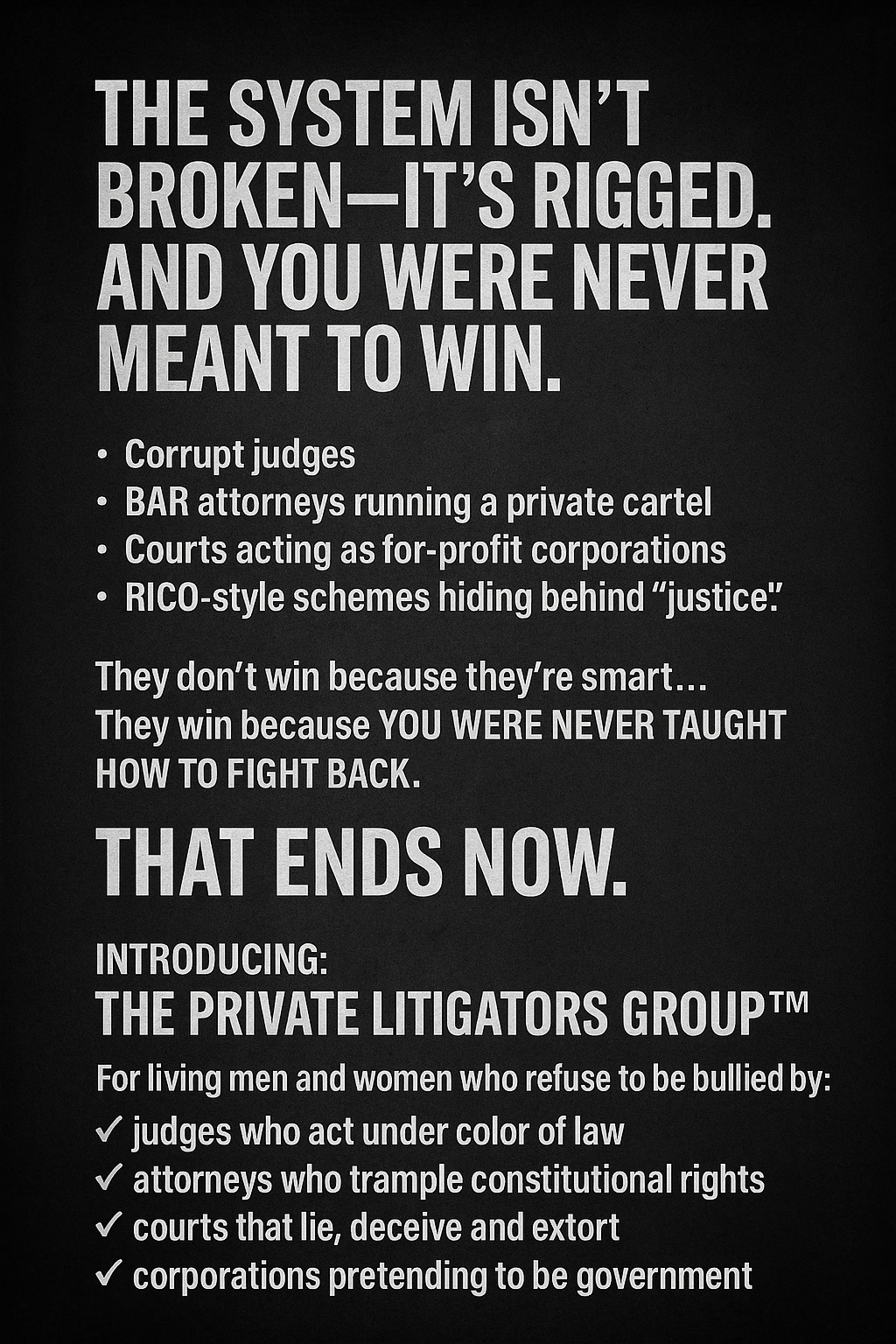When a civil rights case is removed to federal court under 28 U.S.C. § 1443(1), it is not a discretionary matter—it is a statutory shield against state court injustice. Yet far too often, federal judges unlawfully remand these cases without addressing the core civil rights issues that compelled removal. This is not only unconstitutional—it is jurisdictional misconduct. And Congress foresaw this abuse, which is exactly why it enacted 28 U.S.C. § 1447(d).
What Does 28 U.S.C. § 1447(d) Actually Say?
“An order remanding a case to the State court from which it was removed is not reviewable on appeal or otherwise, except that an order remanding a case to the State court from which it was removed pursuant to section 1442 or 1443 of this title shall be reviewable by appeal or otherwise.”
This single sentence is a statutory override to the general bar on reviewing remand orders. It carves out civil rights (and federal officer) removals as exceptional categories where appeal is mandatory, not optional.
In other words, if your case was removed under § 1443(1), and a federal court sends it back to state court without reviewing whether your federally protected rights can be enforced, that order is immediately appealable. The remand is not final. The dismissal is not valid. The appellate court must step in.
Why Did Congress Include This Exception?
Because state courts have historically denied equal protection, especially in cases involving:
-
Racial bias
-
Political persecution
-
Civil rights retaliation
-
Administrative fraud
-
Color-of-law deprivation
The U.S. Supreme Court confirmed this rationale in Georgia v. Rachel, Johnson v. Mississippi, and City of Greenwood v. Peacock—cases that explicitly require federal courts to examine whether the removing party is being denied civil rights under color of law.
Federal Courts Don’t Have the Option to Look Away
The district court must determine—on the record—whether the removing party can enforce their federal rights in state court.
If the court fails to do this, and remands anyway, it has committed:
-
A jurisdictional error
-
A constitutional violation
-
A procedural nullity
This isn’t harmless mistake. It is structural fraud, and the consequence is clear:
The appeal under 28 U.S.C. § 1447(d) is lawful, automatic, and binding.
What Happens When a Court Tries to Dismiss and Remand Simultaneously?
That is the ultimate contradiction—and it exposes the illegitimacy of the entire proceeding.
A federal court cannot extinguish the case by “dismissal with prejudice” and simultaneously remand the same matter back to the state court. This is logically impossible, legally impermissible, and procedurally void.
In such cases, the appellate court not only has jurisdiction—it has a constitutional and statutory duty to reverse.
Conclusion: The Law Is Clear. The Abuse Is Not Tolerated.
28 U.S.C. § 1443(1) is a powerful tool to protect private parties from state-level abuse under color of law. And 28 U.S.C. § 1447(d) is the federal fail-safe that ensures this protection is not arbitrarily stripped by lower courts.
If your civil rights removal was remanded without judicial review, or if your case was dismissed and remanded in contradiction, file your Notice of Appeal immediately.
Do not ask for permission. The law already gave it to you.
🛡 Know the statutes. Enforce the rights. Expose the fraud.
📎 Download our generic Memorandum of Points and Authorities in support of mandatory appeal under § 1447(d):
MEMORANDUM OF POINTS AND AUTHORITIES IN SUPPORT OF APPELLATE JURISDICTION UNDER 28 U.S.C. § 1447(d) FOLLOWING REMOVAL PURSUANT TO 28 U.S.C. § 1443(1)
✉️ For consultation or litigation assistance: suijuris@realworldfare.com
